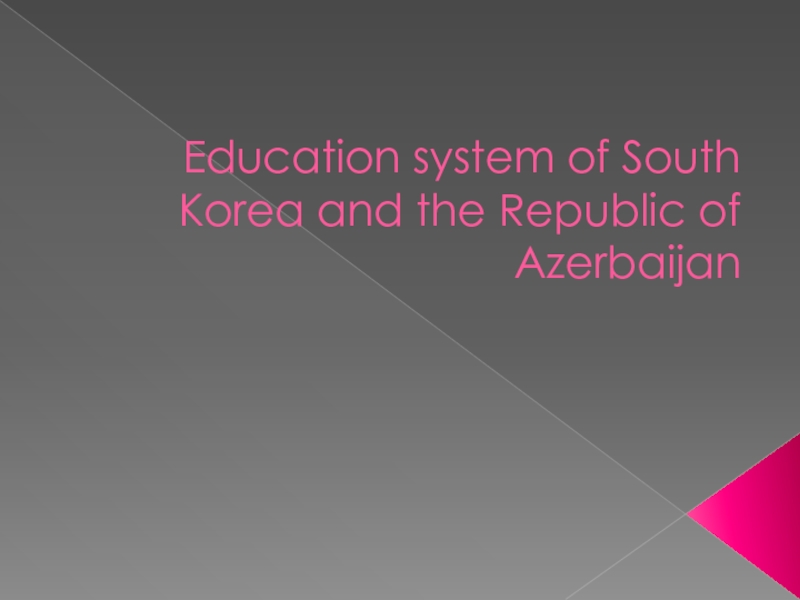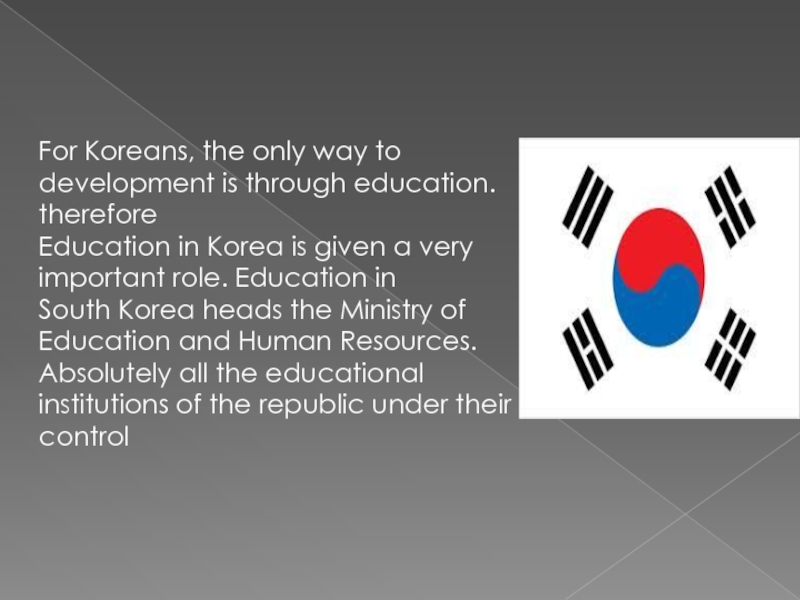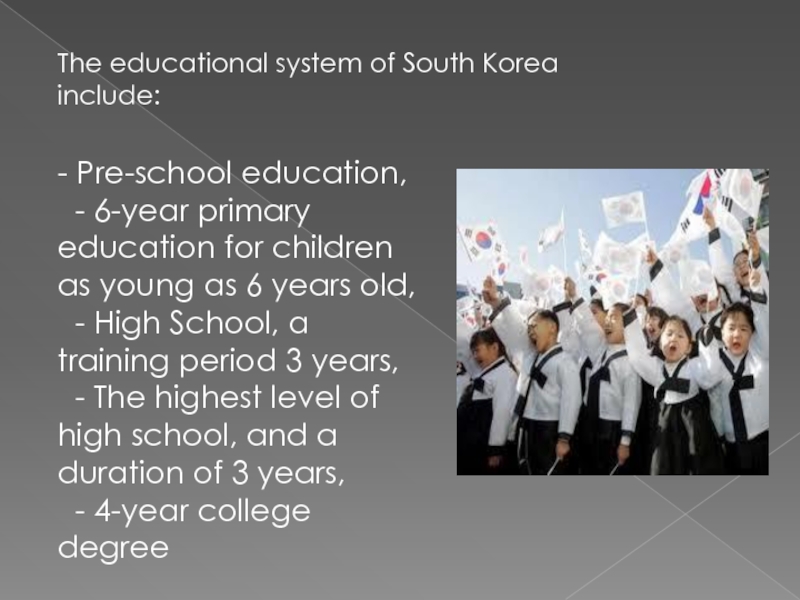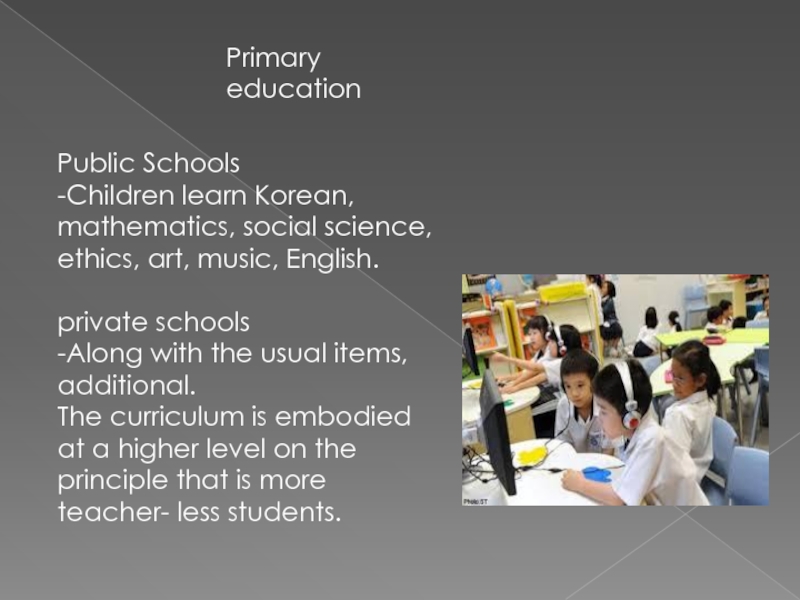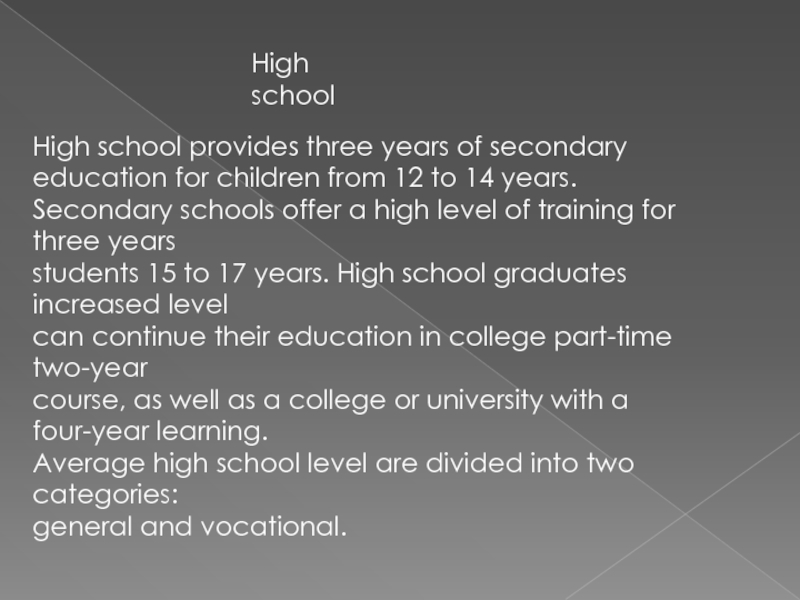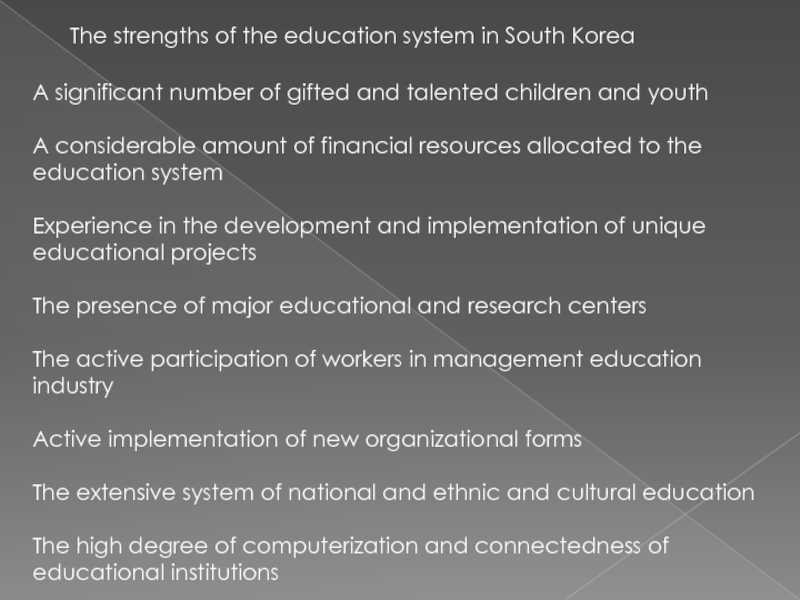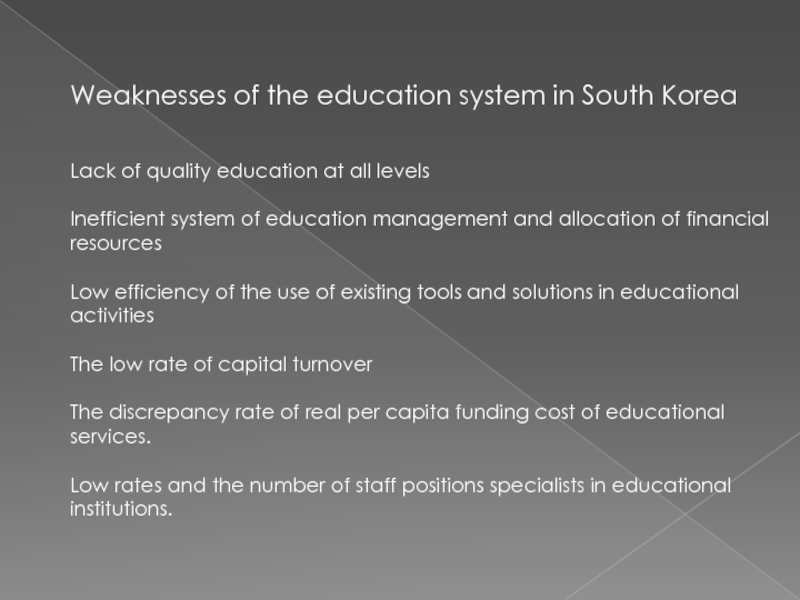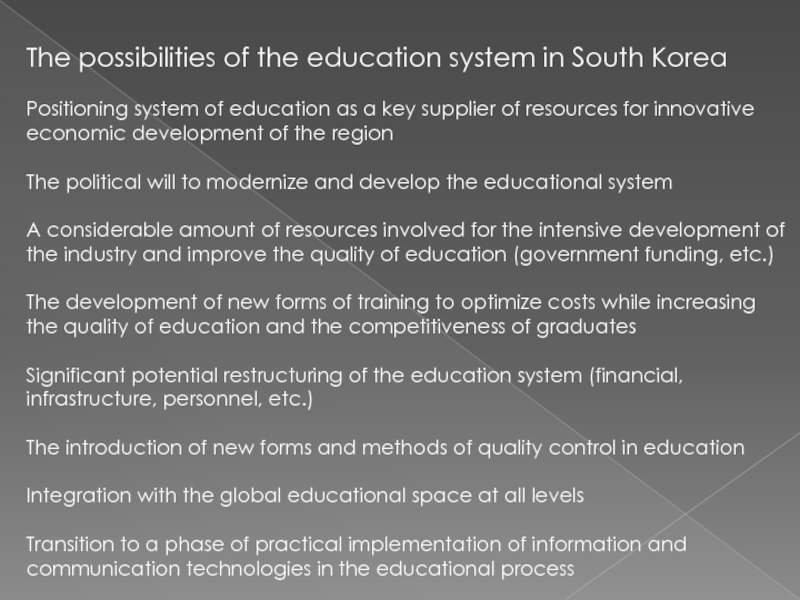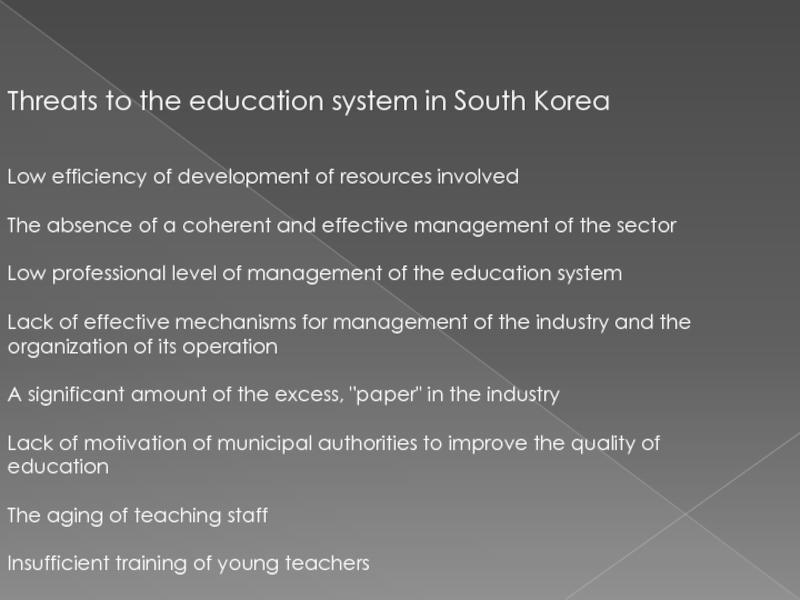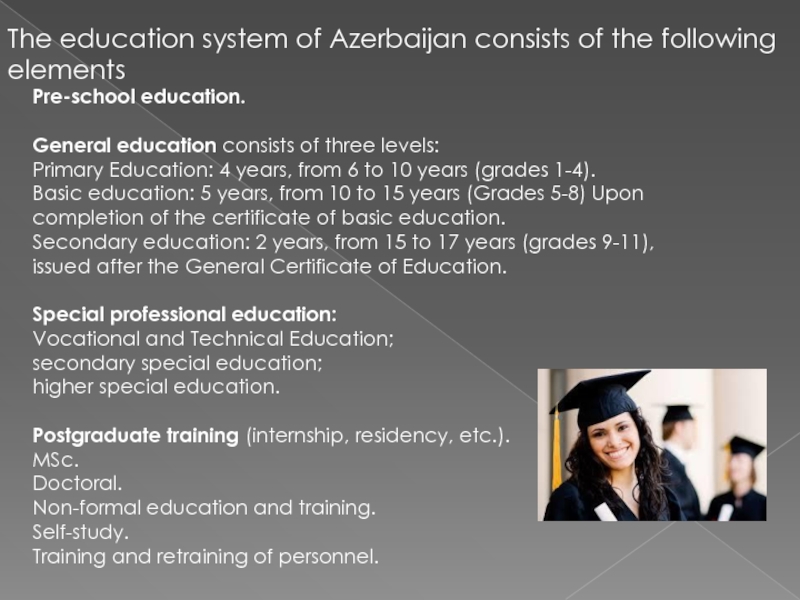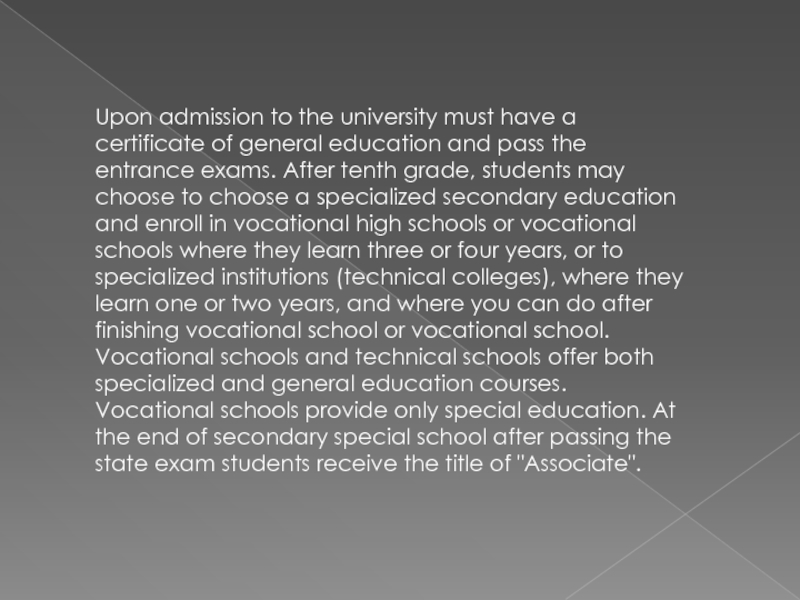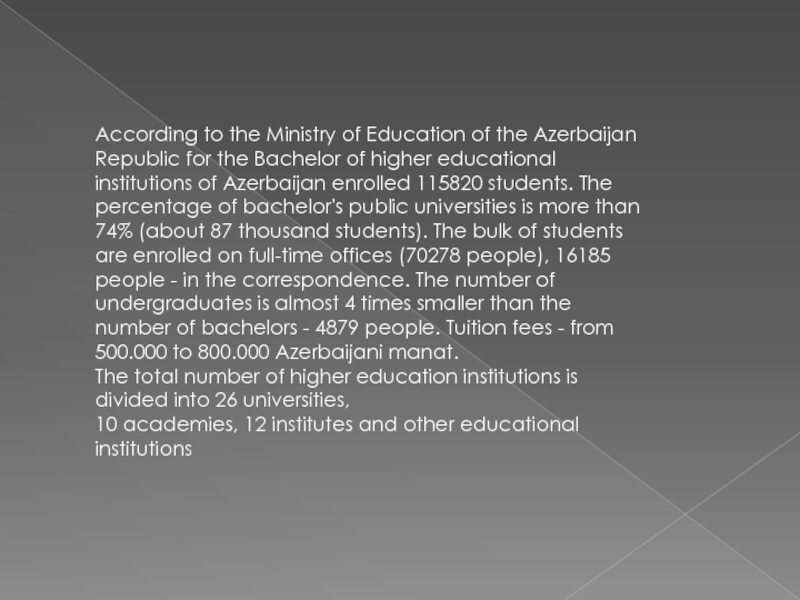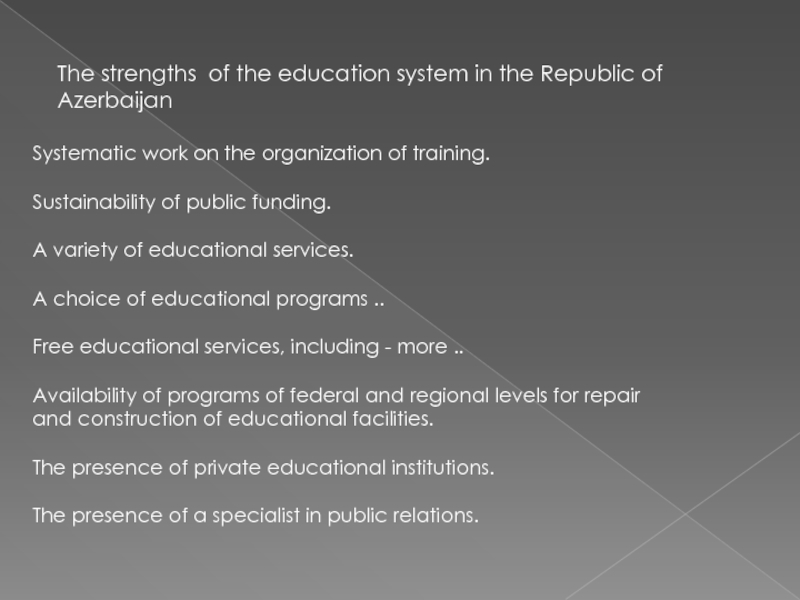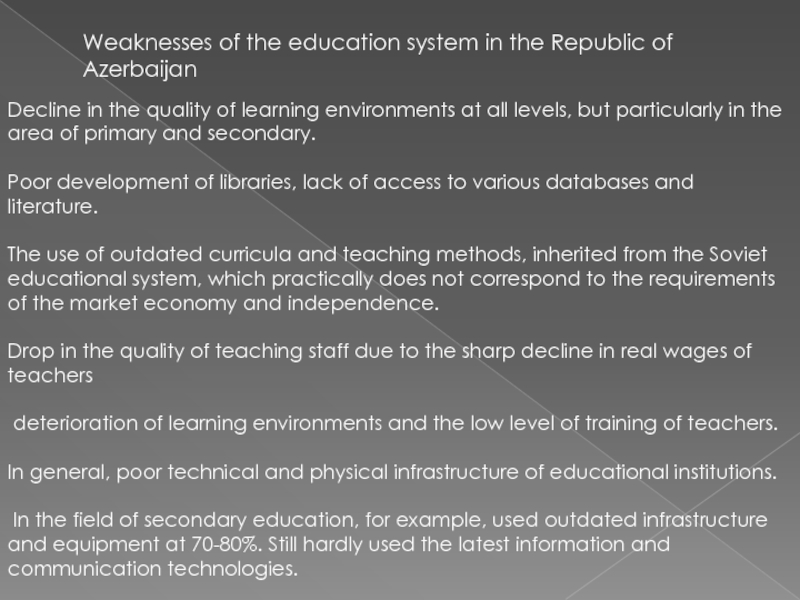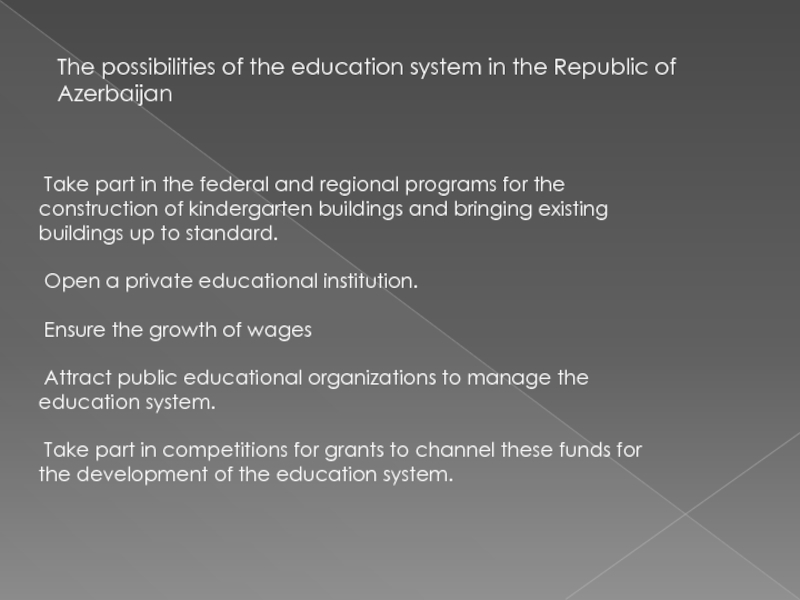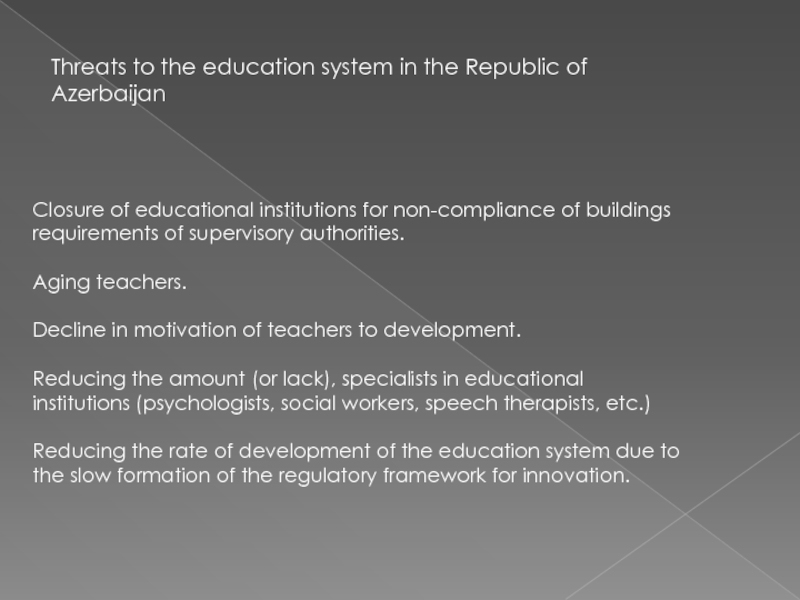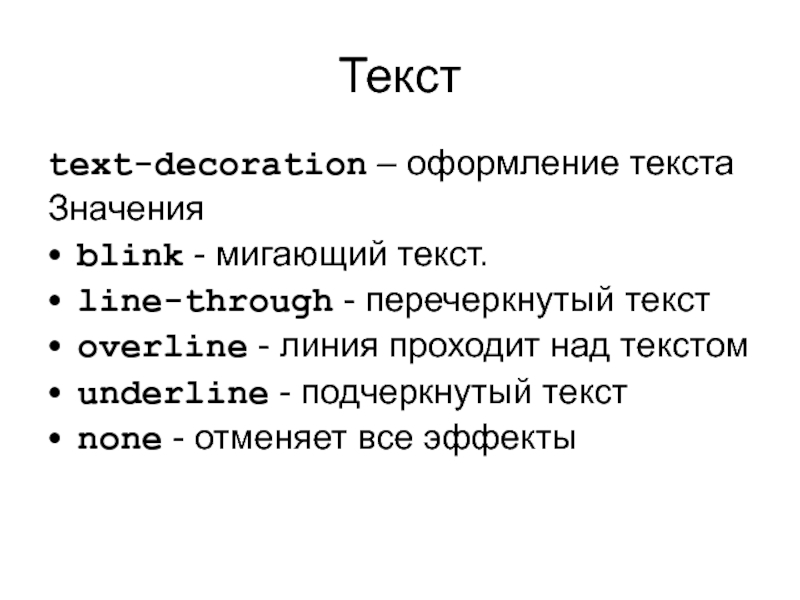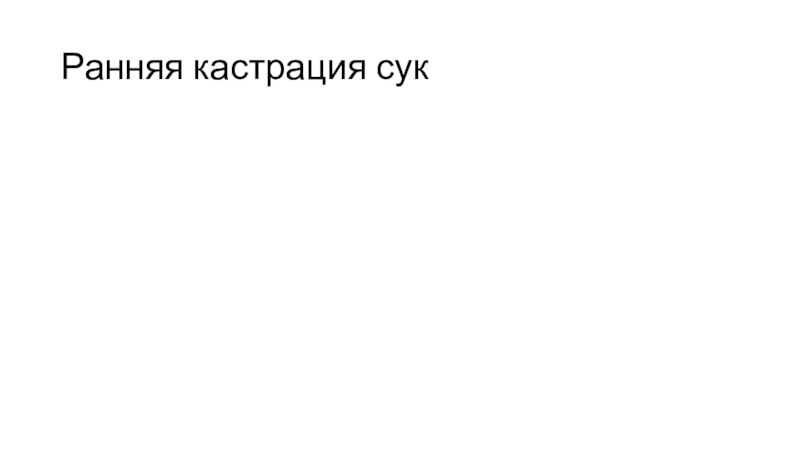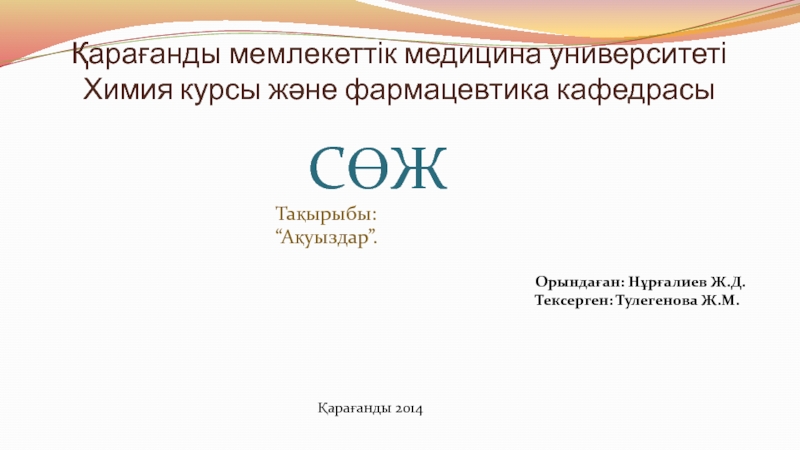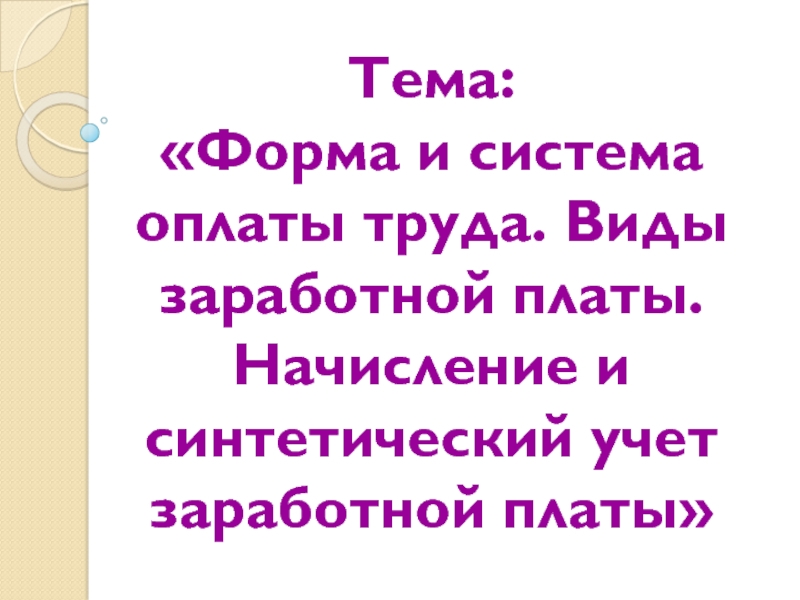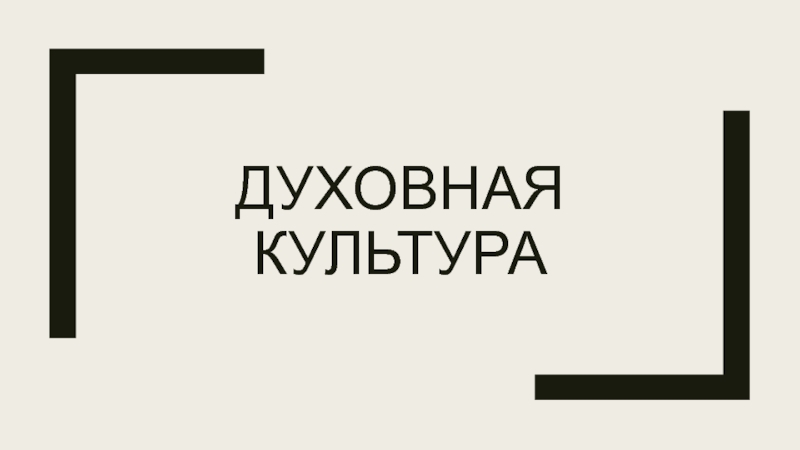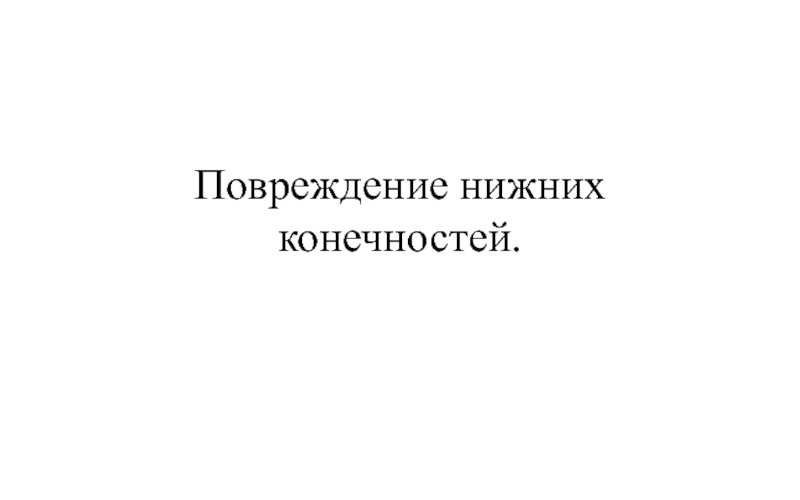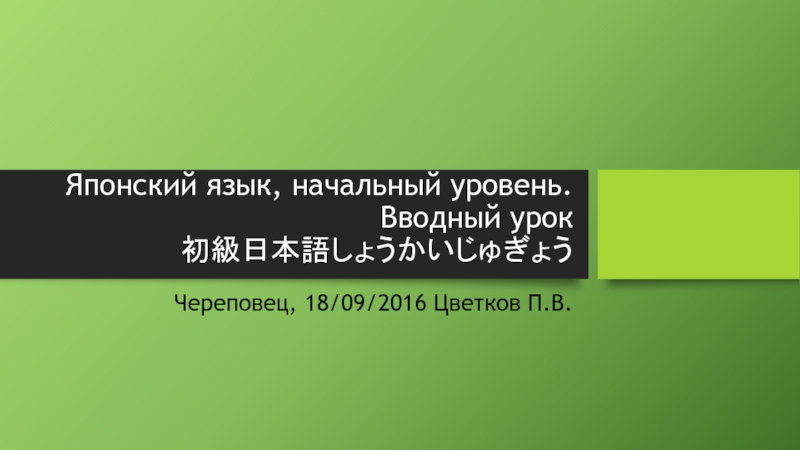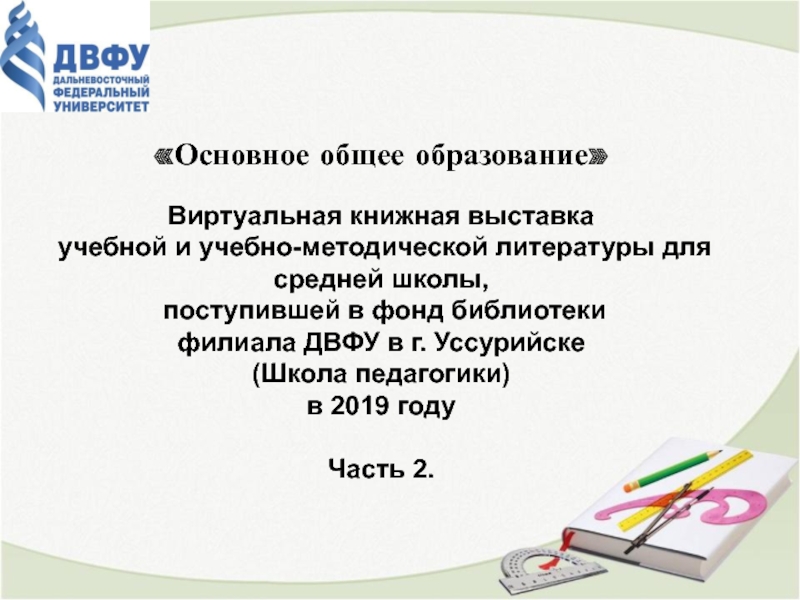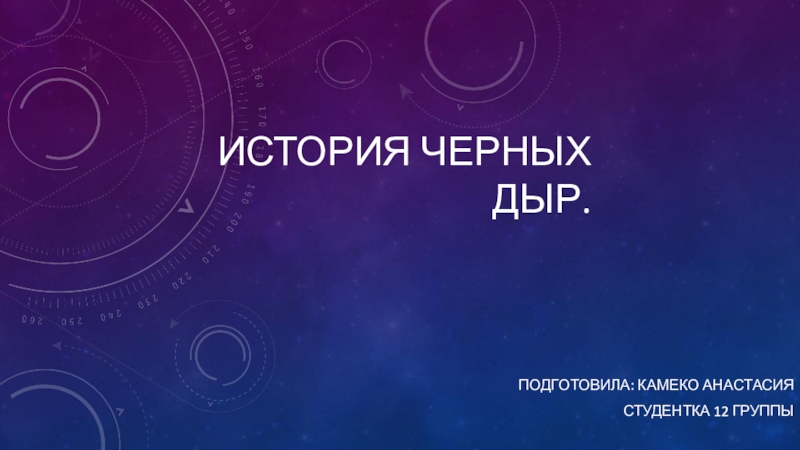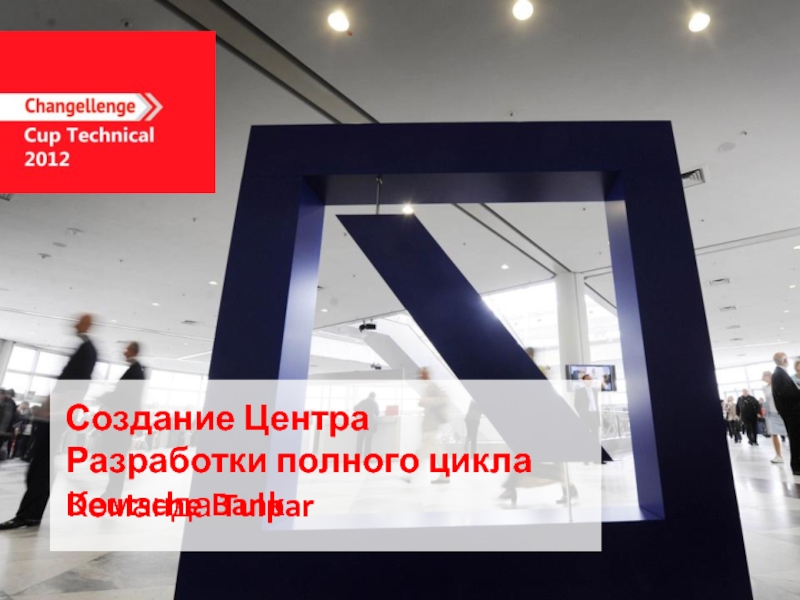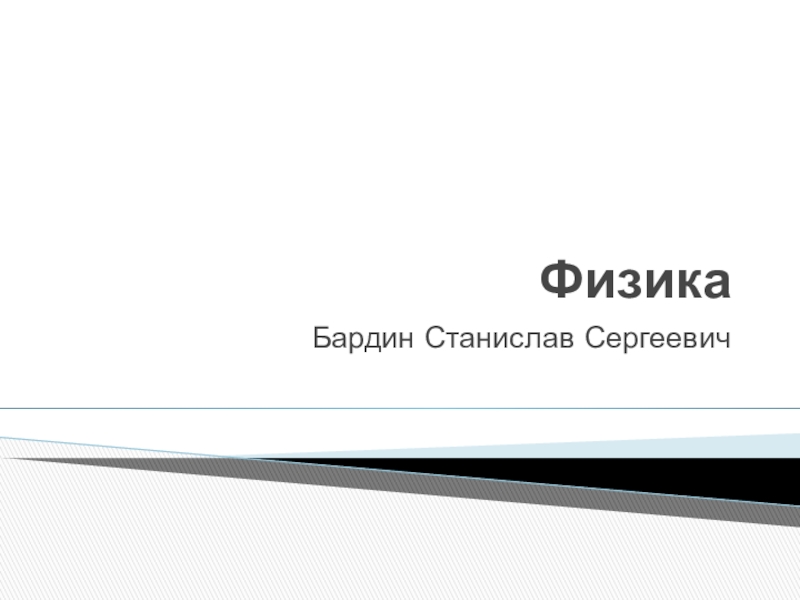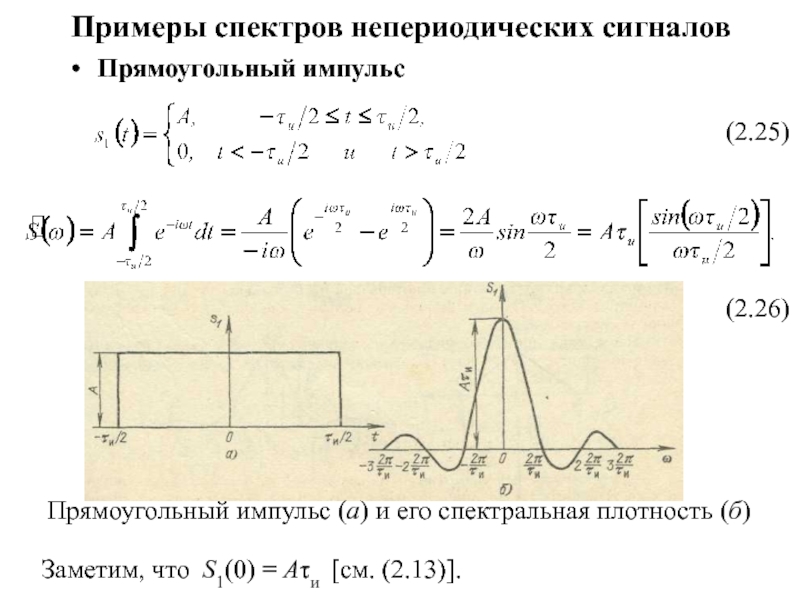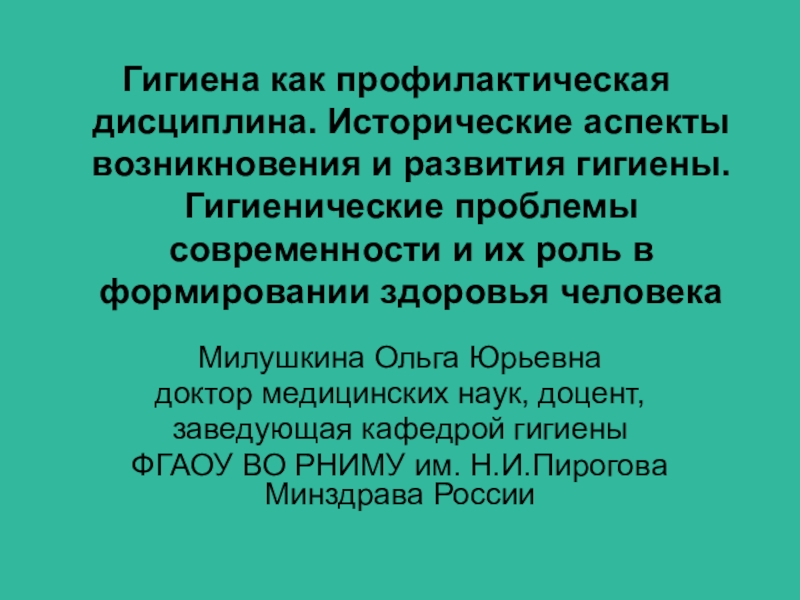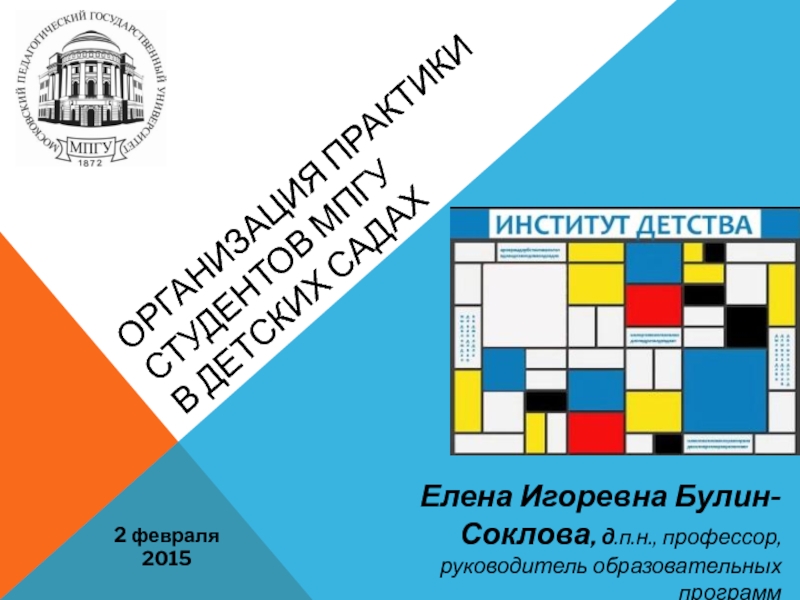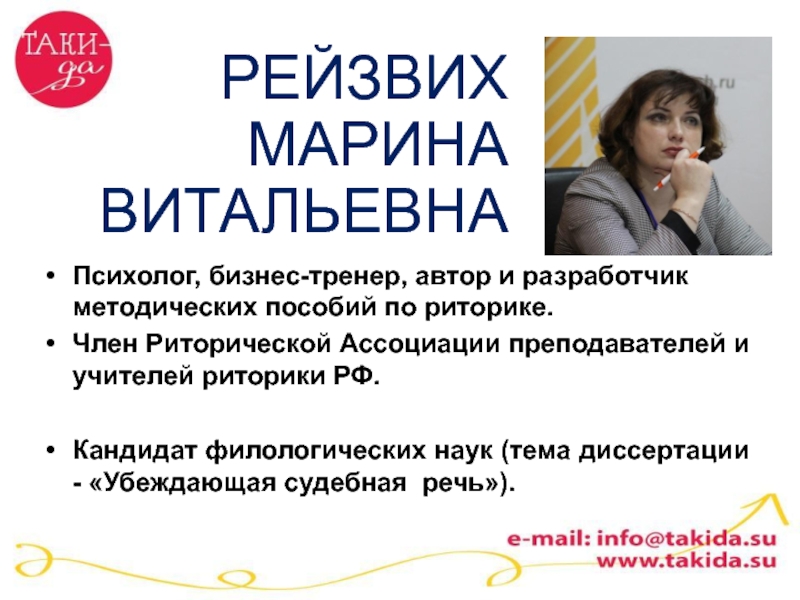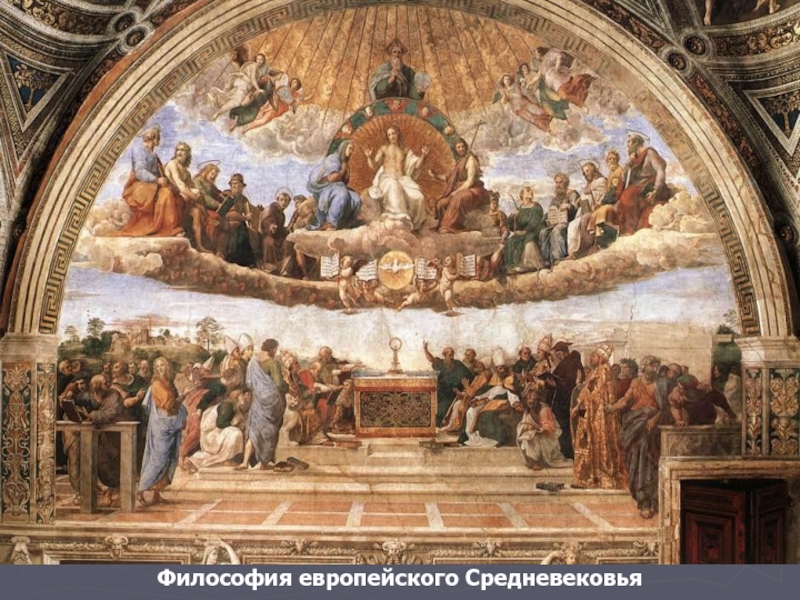Слайд 1Education system of South Korea and the Republic of Azerbaijan
Слайд 2For Koreans, the only way to development is through education.
therefore
Education in Korea is given a very important role. Education
in
South Korea heads the Ministry of Education and Human Resources.
Absolutely all the educational institutions of the republic under their control
Слайд 3The educational system of South Korea include:
- Pre-school education,
-
6-year primary education for children as young as 6 years
old,
- High School, a training period 3 years,
- The highest level of high school, and a duration of 3 years,
- 4-year college degree
Слайд 4Pre-school education
Korean kindergartens are not mandatory in the education system.
There
are both public and private kindergartens.
Parents send their children to
kindergarten at the age of three to five years. The main objective of pre-school education is to achieve the full development of the child: in kindergarten creates an environment conducive to healthy physical and emotional development, foster a sense of confidence. Pre-school children are taught music, drawing and bill. 7792 Kindergarten
Слайд 5Primary education
Public Schools
-Children learn Korean, mathematics, social science, ethics, art,
music, English.
private schools
-Along with the usual items, additional.
The curriculum is
embodied at a higher level on the principle that is more teacher- less students.
Слайд 6High school
High school provides three years of secondary education for
children from 12 to 14 years.
Secondary schools offer a high
level of training for three years
students 15 to 17 years. High school graduates increased level
can continue their education in college part-time two-year
course, as well as a college or university with a four-year learning.
Average high school level are divided into two categories:
general and vocational.
Слайд 7Higher education
Higher education in South Korea is the following types
of higher
educational institutions:
universities, colleges, educational institutions, open and distance learning
universities.
• Korean universities are also divided into public and private.
• The higher education system in South Korea has the following structure:
- Bachelor - after 4 years of training for medical faculties -6 years;
- Master's degree - 2 years of study in the master;
- Doctoral degree - 4 years of study and conduct research;
after final exams and defending a thesis awarded the degree of
Doctor of Science.
Слайд 8Interesting Facts
• Teach children in Korea starting from a very
early age. Now for example
very fashionable early reading instruction, with 2-3
years!
• Discipline in schools supported by the most rigid methods: in
junior widely used corporal punishment. 73% of Korean
Parents also said that if necessary, beat children.
• Promotion of the steps of the educational system with the primary to higher education is not determined by the results of putting the various examinations, but only on the student's age.
• Korea is one of the first places in the world in the number of students
population.
-Physical training is not given similar attention because it is not considered an educational subject, as a result, many schools have no proper sports equipment
Слайд 9The strengths of the education system in South Korea
A significant
number of gifted and talented children and youth
A considerable amount
of financial resources allocated to the education system
Experience in the development and implementation of unique educational projects
The presence of major educational and research centers
The active participation of workers in management education industry
Active implementation of new organizational forms
The extensive system of national and ethnic and cultural education
The high degree of computerization and connectedness of educational institutions
Слайд 10Weaknesses of the education system in South Korea
Lack of quality
education at all levels
Inefficient system of education management and allocation
of financial resources
Low efficiency of the use of existing tools and solutions in educational activities
The low rate of capital turnover
The discrepancy rate of real per capita funding cost of educational services.
Low rates and the number of staff positions specialists in educational institutions.
Слайд 11The possibilities of the education system in South Korea
Positioning system
of education as a key supplier of resources for innovative
economic development of the region
The political will to modernize and develop the educational system
A considerable amount of resources involved for the intensive development of the industry and improve the quality of education (government funding, etc.)
The development of new forms of training to optimize costs while increasing the quality of education and the competitiveness of graduates
Significant potential restructuring of the education system (financial, infrastructure, personnel, etc.)
The introduction of new forms and methods of quality control in education
Integration with the global educational space at all levels
Transition to a phase of practical implementation of information and communication technologies in the educational process
Слайд 12Threats to the education system in South Korea
Low efficiency of
development of resources involved
The absence of a coherent and effective
management of the sector
Low professional level of management of the education system
Lack of effective mechanisms for management of the industry and the organization of its operation
A significant amount of the excess, "paper" in the industry
Lack of motivation of municipal authorities to improve the quality of education
The aging of teaching staff
Insufficient training of young teachers
Слайд 13The education system of Azerbaijan consists of the following elements
Pre-school
education.
General education consists of three levels:
Primary Education: 4 years, from
6 to 10 years (grades 1-4).
Basic education: 5 years, from 10 to 15 years (Grades 5-8) Upon completion of the certificate of basic education.
Secondary education: 2 years, from 15 to 17 years (grades 9-11), issued after the General Certificate of Education.
Special professional education:
Vocational and Technical Education;
secondary special education;
higher special education.
Postgraduate training (internship, residency, etc.).
MSc.
Doctoral.
Non-formal education and training.
Self-study.
Training and retraining of personnel.
Слайд 14Upon admission to the university must have a certificate of
general education and pass the entrance exams. After tenth grade,
students may choose to choose a specialized secondary education and enroll in vocational high schools or vocational schools where they learn three or four years, or to specialized institutions (technical colleges), where they learn one or two years, and where you can do after finishing vocational school or vocational school. Vocational schools and technical schools offer both specialized and general education courses. Vocational schools provide only special education. At the end of secondary special school after passing the state exam students receive the title of "Associate".
Слайд 15According to the Ministry of Education of the Azerbaijan Republic
for the Bachelor of higher educational institutions of Azerbaijan enrolled
115820 students. The percentage of bachelor's public universities is more than 74% (about 87 thousand students). The bulk of students are enrolled on full-time offices (70278 people), 16185 people - in the correspondence. The number of undergraduates is almost 4 times smaller than the number of bachelors - 4879 people. Tuition fees - from 500.000 to 800.000 Azerbaijani manat.
The total number of higher education institutions is divided into 26 universities,
10 academies, 12 institutes and other educational institutions
Слайд 16Systematic work on the organization of training.
Sustainability of public funding.
A
variety of educational services.
A choice of educational programs ..
Free educational
services, including - more ..
Availability of programs of federal and regional levels for repair and construction of educational facilities.
The presence of private educational institutions.
The presence of a specialist in public relations.
The strengths of the education system in the Republic of Azerbaijan
Слайд 17Decline in the quality of learning environments at all levels,
but particularly in the area of primary and secondary.
Poor development
of libraries, lack of access to various databases and literature.
The use of outdated curricula and teaching methods, inherited from the Soviet educational system, which practically does not correspond to the requirements of the market economy and independence.
Drop in the quality of teaching staff due to the sharp decline in real wages of teachers
deterioration of learning environments and the low level of training of teachers.
In general, poor technical and physical infrastructure of educational institutions.
In the field of secondary education, for example, used outdated infrastructure and equipment at 70-80%. Still hardly used the latest information and communication technologies.
Weaknesses of the education system in the Republic of Azerbaijan
Слайд 18 Take part in the federal and regional programs for
the construction of kindergarten buildings and bringing existing buildings up
to standard.
Open a private educational institution.
Ensure the growth of wages
Attract public educational organizations to manage the education system.
Take part in competitions for grants to channel these funds for the development of the education system.
The possibilities of the education system in the Republic of Azerbaijan
Слайд 19Closure of educational institutions for non-compliance of buildings requirements of
supervisory authorities.
Aging teachers.
Decline in motivation of teachers to development.
Reducing the
amount (or lack), specialists in educational institutions (psychologists, social workers, speech therapists, etc.)
Reducing the rate of development of the education system due to the slow formation of the regulatory framework for innovation.
Threats to the education system in the Republic of Azerbaijan
